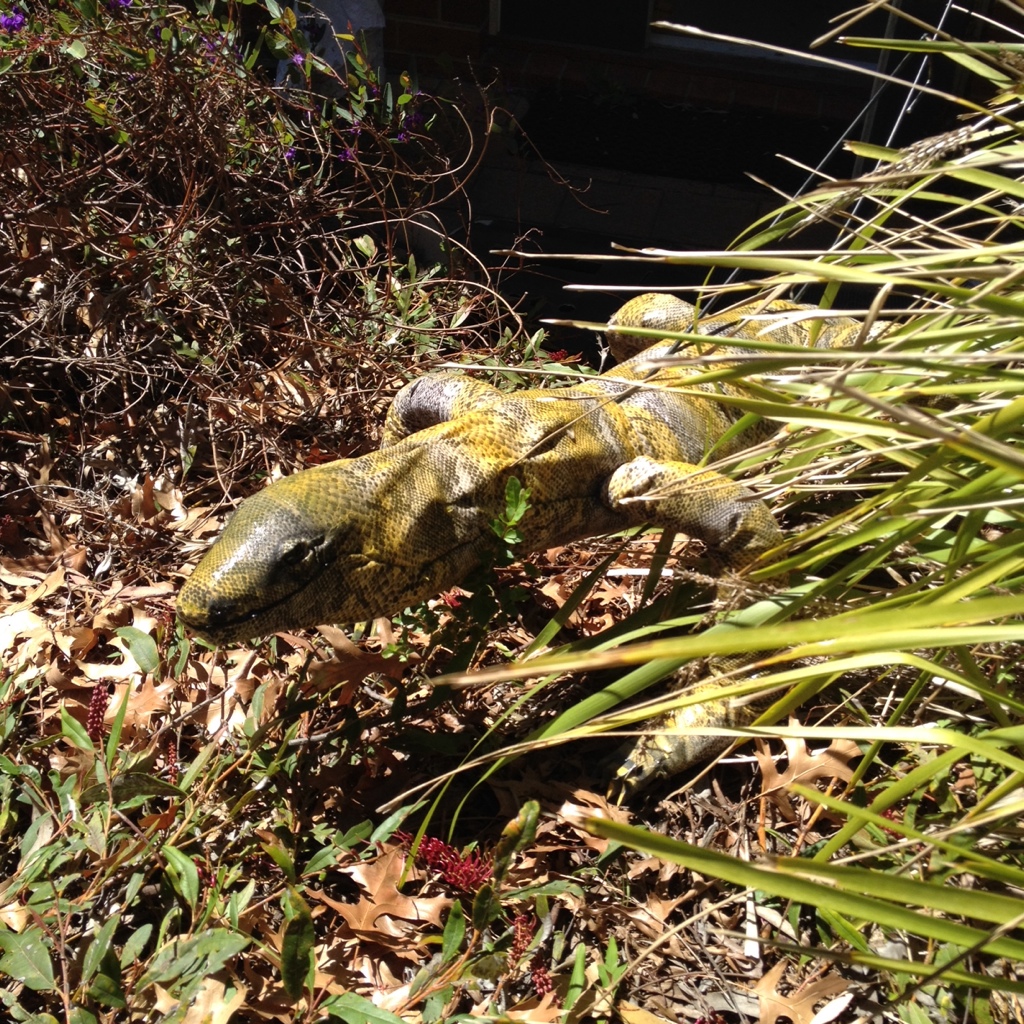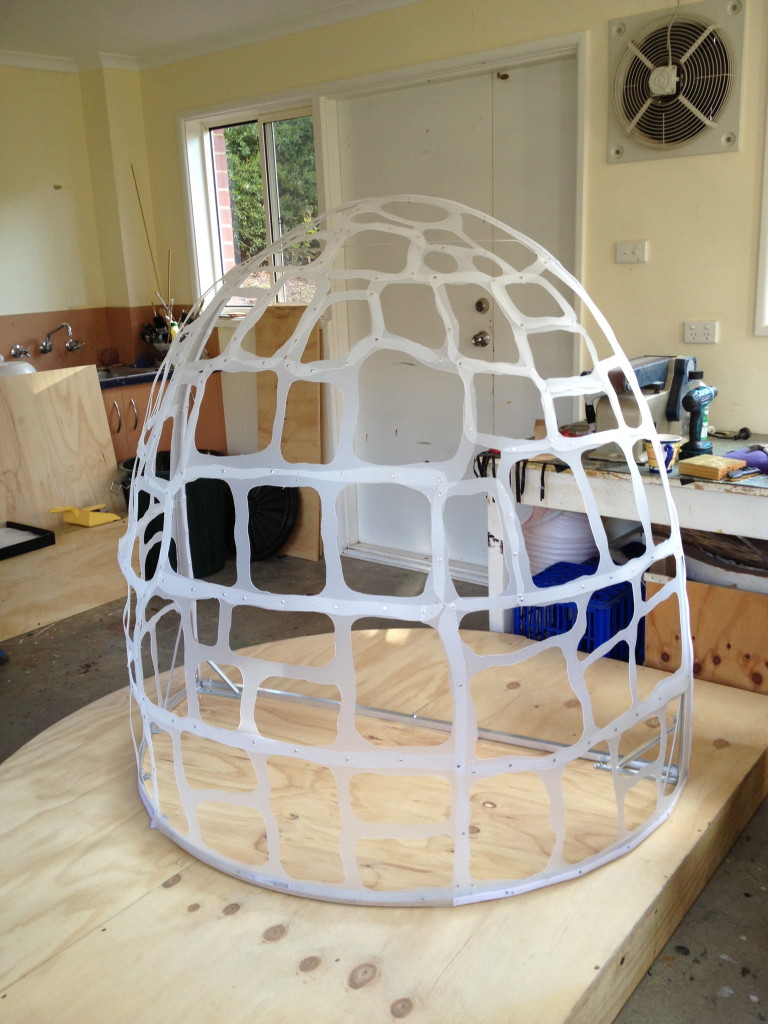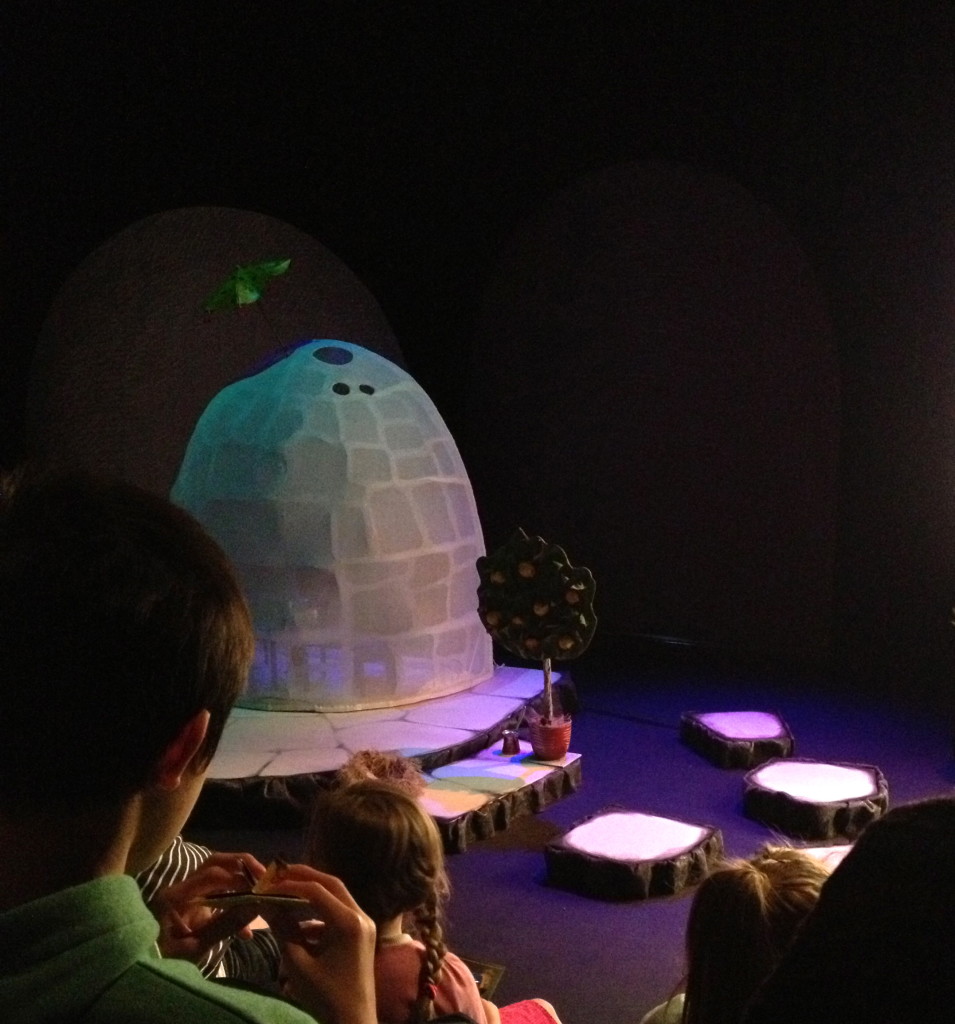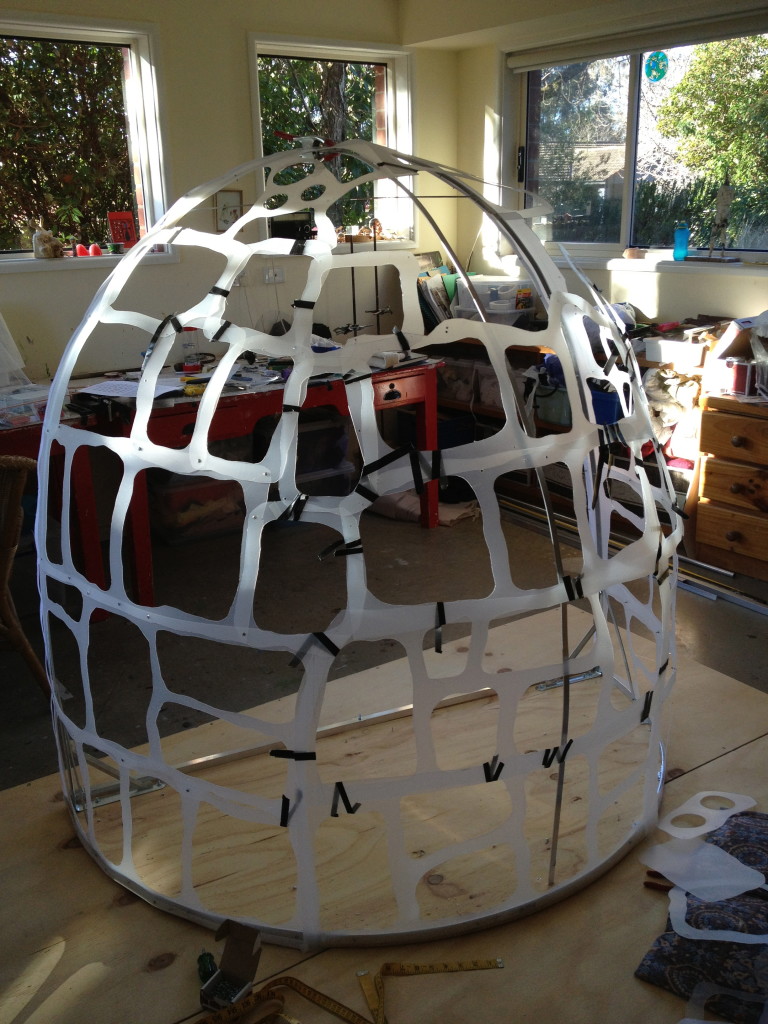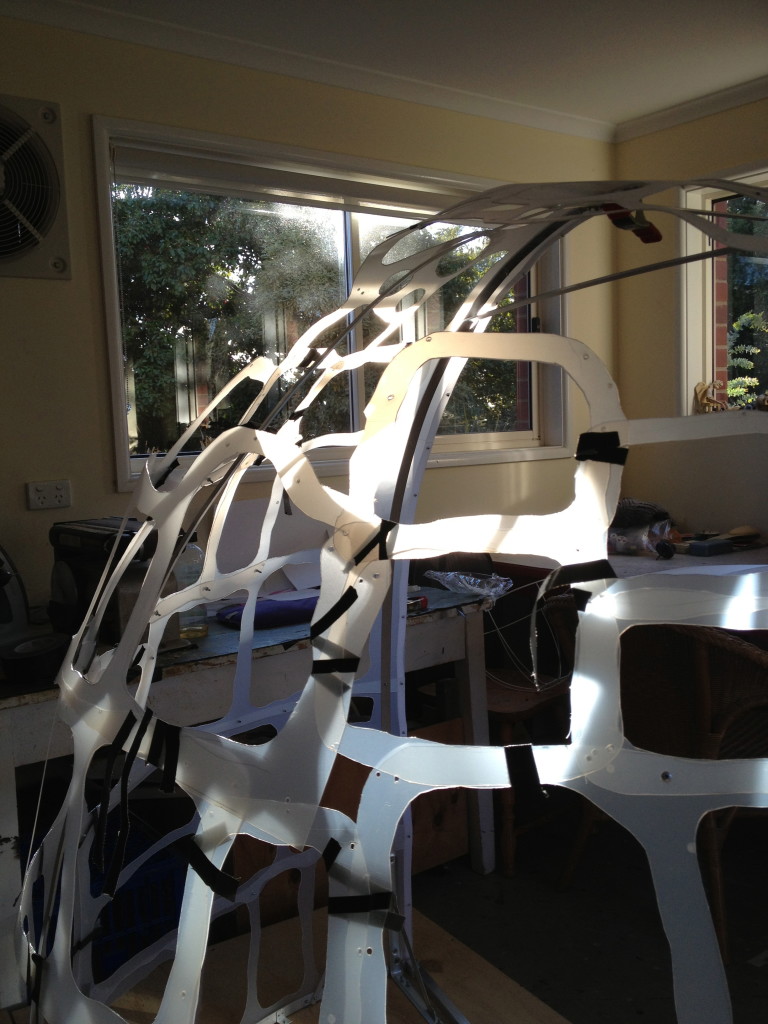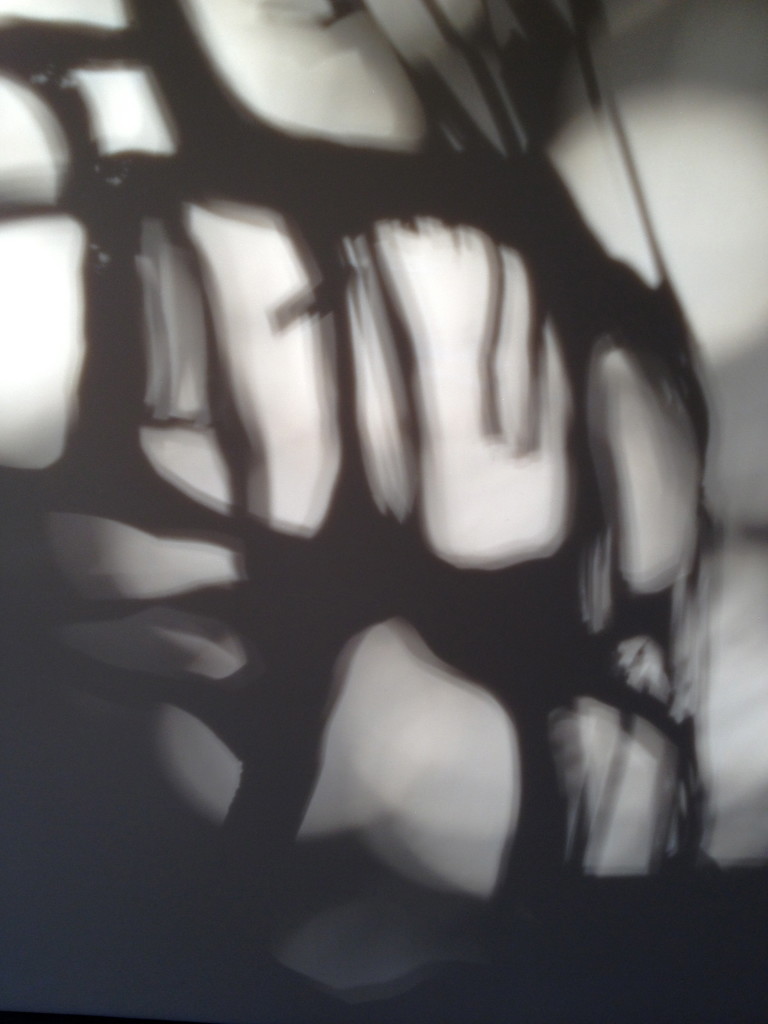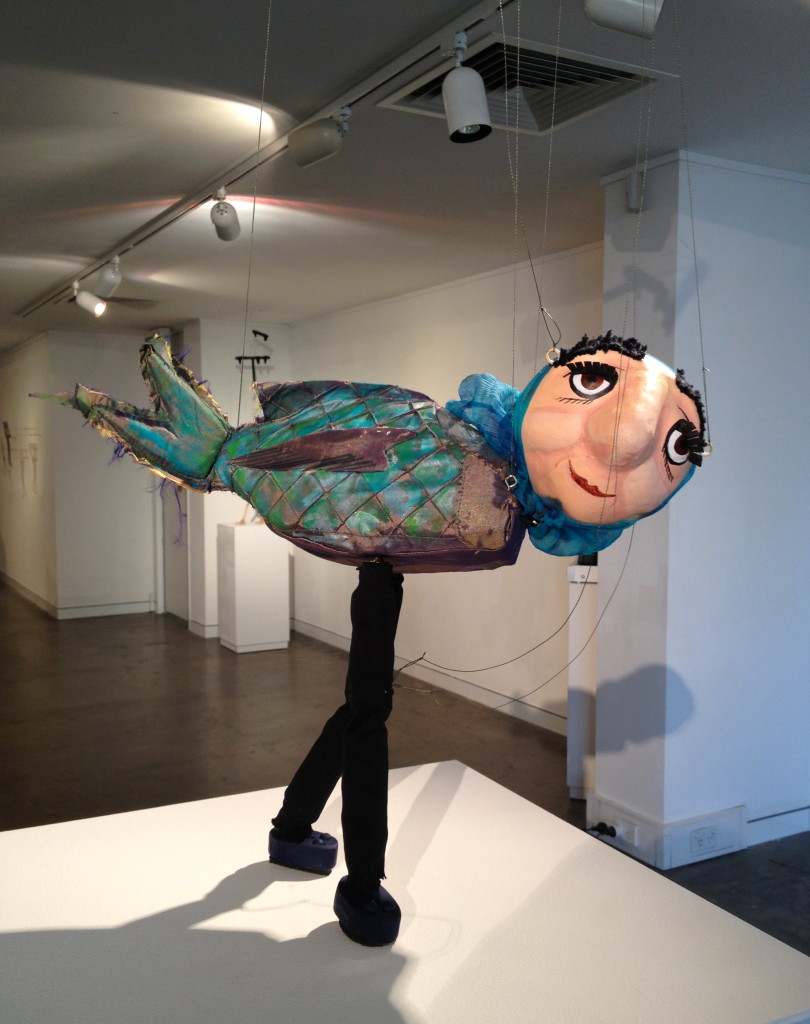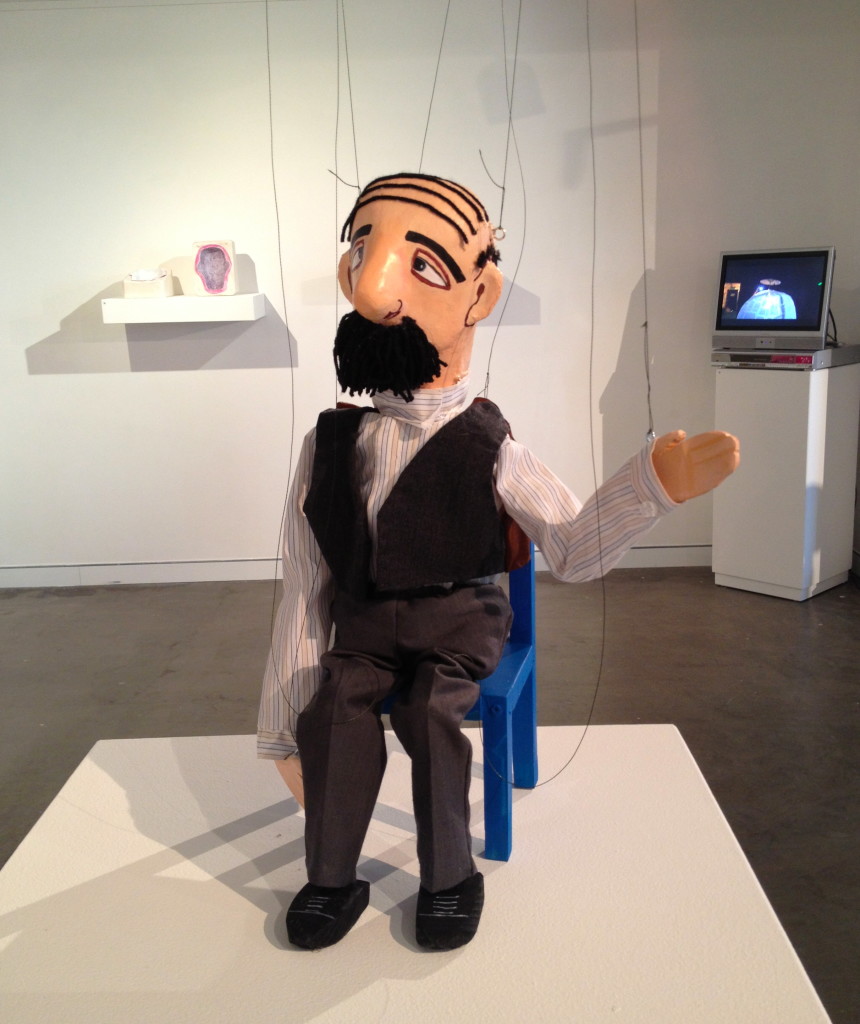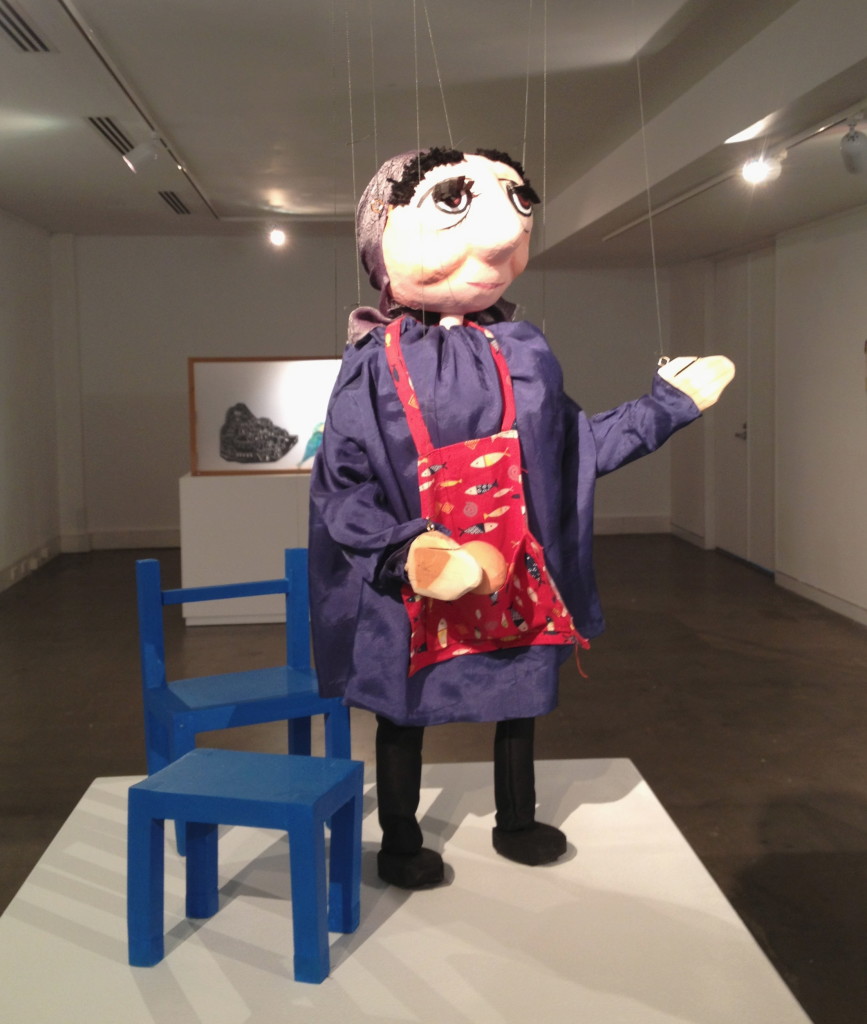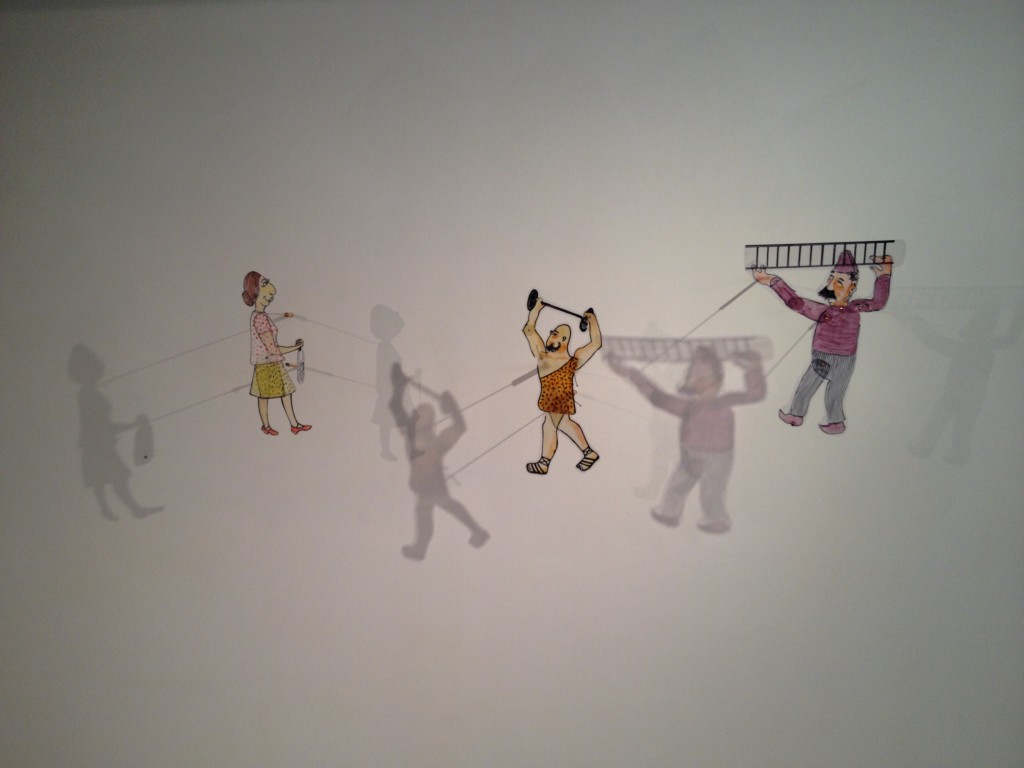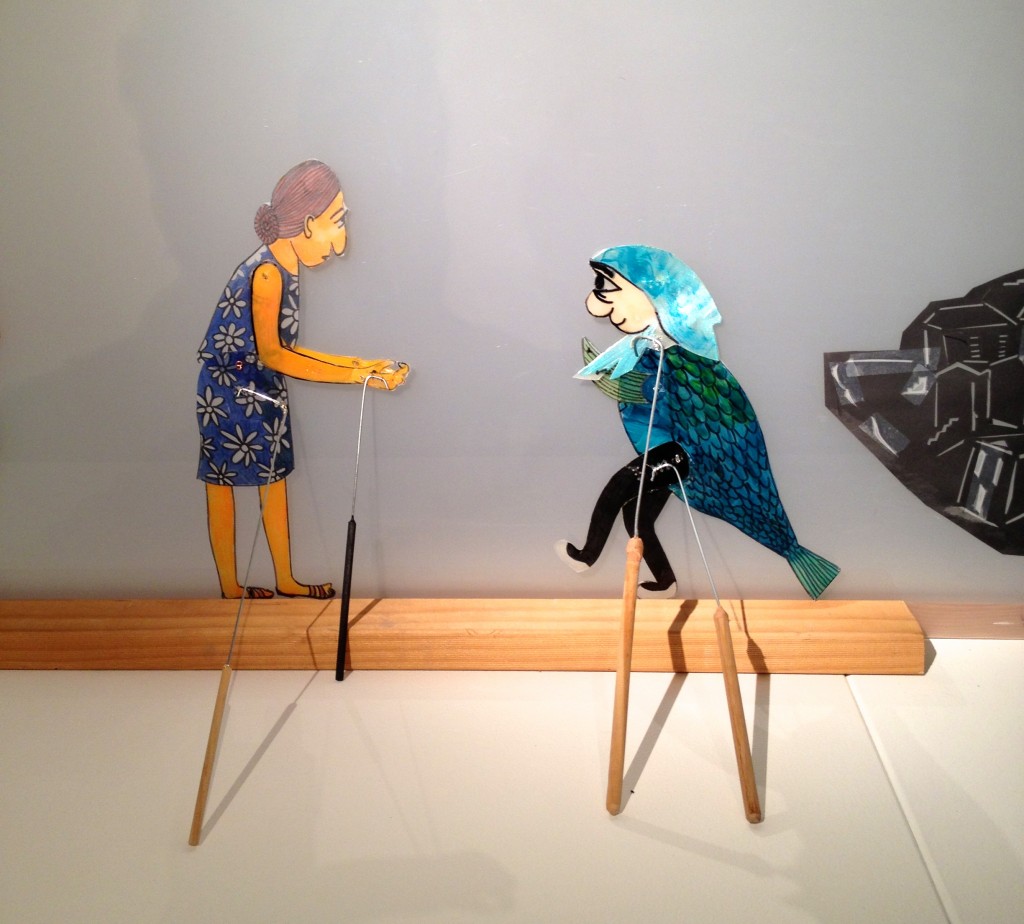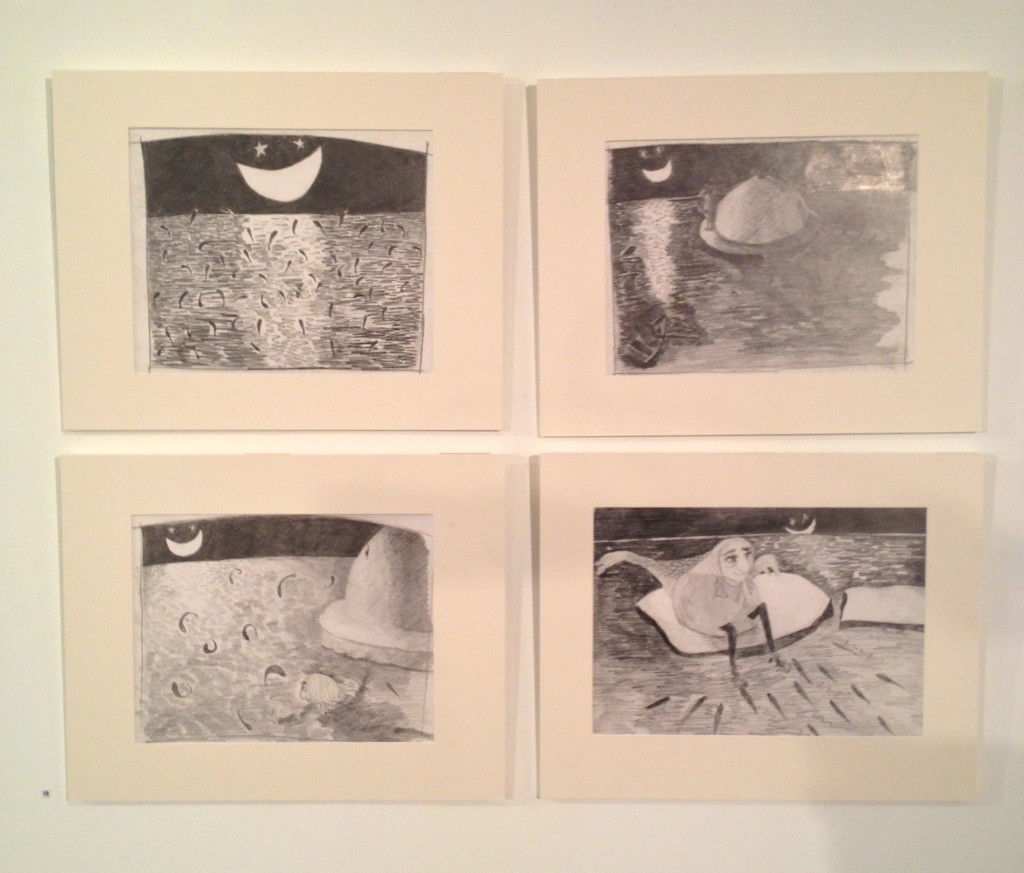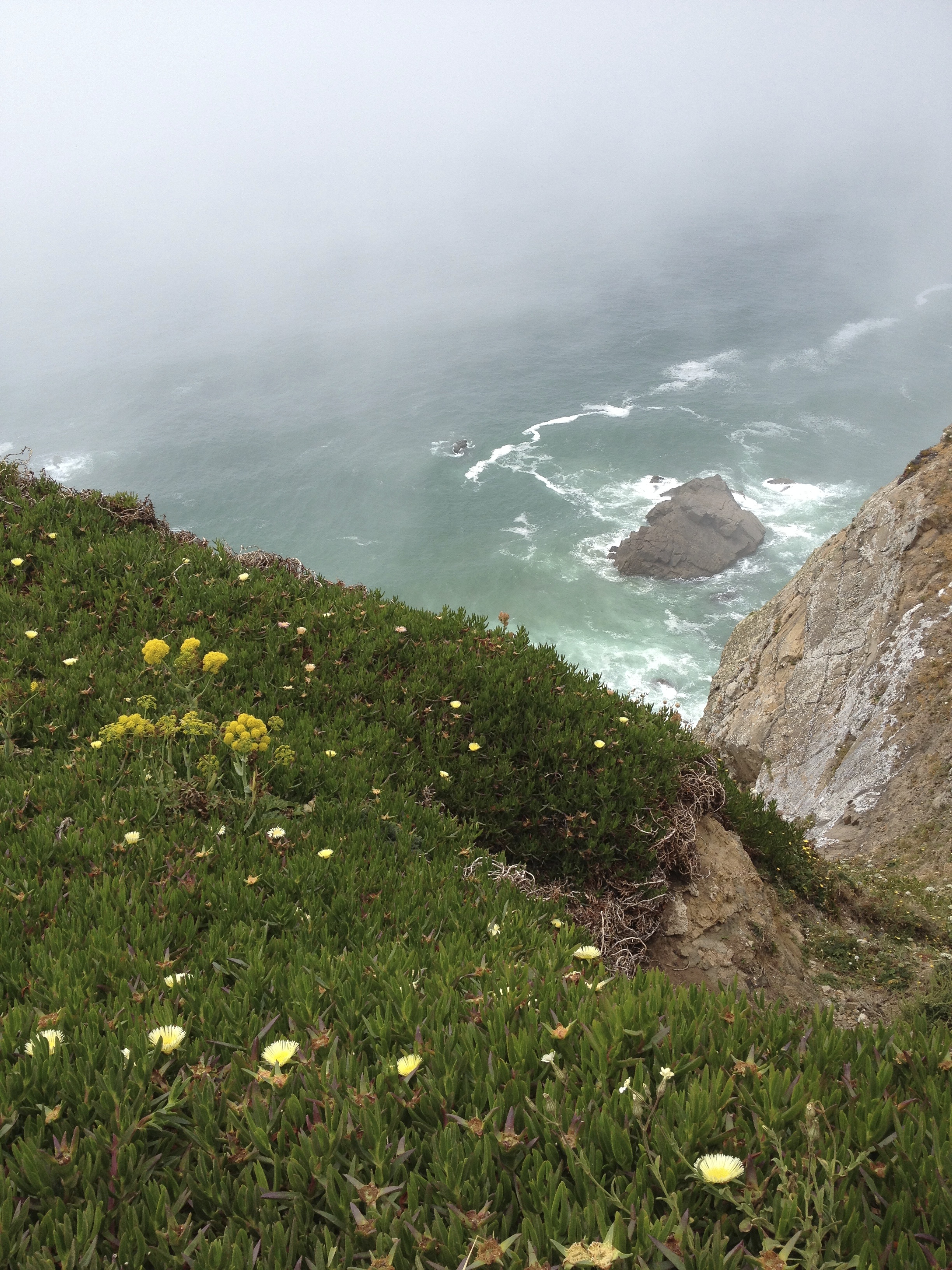I’ve been making some puppets for Biami, the creation story of the Wiradjuri people, by Duncan Smith and Maitland Schnaars, which will be performed for the Kids, Creatures and 100 Harlequins – Centenary Children’s Week Celebration on 25 & 26 October in Glebe Park. (It’s part of the Centenary of Canberra project.) Today I finished the goanna!
The Rock House
This is the little ‘rock’ house I made for the play I blogged about last week, Joy McDonald’s The (Very) Sad Fish Lady. It is made from sheet polypropylene cut to suggest rocks , and was covered with gauze, so that it could appear solid when lit from outside, but could also show action inside when lit internally.
Here are a few making photos.
The (Very) Sad Fish Lady
The (very) Sad Fish Lady, now on at the Street Theatre until 5th Oct, is delightful. It’s written and directed by Joy McDonald, and is a fusion of stories from her family about their immigration from the little Greek island of Castellorizo, just off the Turkish coast, to Australia, plus a bit of magic. It’s told with a mixture of puppets – marionettes (Joy toured Australia as a puppeteer with the Marionette Theatre of Australia’s Tintookies), shadow puppets in the style of the Greek Karagiozis tradition, and rod puppets. Its unusual to see marionettes these days, and they have a great charm to them.
The play has a unique quality to it, in the sense that the story and the characters are not stereotypical in any sense – this is a real breathe of fresh air! I think this is partly what Frank McKone is referring to when he describes it as folk art theatre. It’s also outright funny in places, and has great music by David Pereira. Imogen Keen was the set designer and Joy made the puppets. My involvement was making the little rock house the VS Fish Lady lives in.
There’s also an accompanying exhibition of the puppets, storyboard and process at Craft ACT until 19 Oct. I took the following photos there:
Mr Moustaki.
The (very) Sad Fish Lady.
Some of the characters (in shadow puppet form) who visit the fish lady to have their fortunes told.
The shadow puppets from behind the screen.
Drawings of the (very) Sad Fish Lady’s epiphany. There is now a picture book of The (very) Sad Fish Lady.
The Rhyme of the Ancient Merino
It’s great to see the complete realisation of Dave Jones’s The Rhyme of the Ancient Merino.
At sail on a sea of wheat, the Ancient Merino and his aging theatre troupe struggle to eke out an existence in a hostile environment. When a the threat of modern technology looms they must adapt or fade into obscurity.
The animation is an allegory for the story of ‘the 50 year history of the Arapiles Community Theatre, and the recent influx of new arrivals and the changes that has brought about’ in the small regional town of Natimuk, Victoria. Traditionally a service hub for the surrounding farming country, Natimuk is also the closest town to Mount Arapiles, a mecca for rock climbers, so it is an interesting mix of farming people, climbers and an arts community. In October it will again be the centre for the Nati Frinj.
I love the puppets in this; they’re life size and made from bits of old farm machinery. And I like the little details like the snails.
Erth’s The Dream of the Thylacine
This is a great behind-the-scenes video for Erth‘s The Dream of the Thylacine which will run at Carriageworks in Sydney 25 Sept to 5 October. In particular it shows super talented puppet maker Bryony Anderson talking in some detail about how she thought about the project, and her process in building the thylacine puppet, down to how and why she came to make the fur from potato sacks!
Also take a look at this amazing spider made by Bryony and friends, using only stuff from the dump.
Added to the Pandora Web Archive!
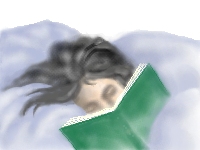
I’m thrilled and honoured that my site has been selected for preservation by the National Library of Australia, and will be re-archived regularly in their Pandora Australian Web Archive. The thing that makes me happiest is that my Pemberley Image Gallery will be archived. Thanks so much NLA! And a special thanks, too, to Marianne Mettes from PuppetOodle who suggested my site to them.
Home again home again jiggity jig
I’m happy to be home after a wonderful 3 month adventure travelling in Europe! My travel blog is still stuck in Verona, about half way through our time away, but I may gradually fill it in. Our overarching plan was to travel from Istanbul to the furthest westerly point in Europe, Cabo du Roca in Portugal, by surface transport (which I can really recommend), which we did.
It was misty and mysterious, and beautiful.
Juliet’s balcony
When we started our overseas trip in 2008 and I said ‘What if we we get a taste for this?’ Michael said something like ‘ Oh, I don’t think that’s likely’! It was with a similar assurance that he said that since Juliet’s balcony in Verona was entirely contrived we wouldn’t want to see it. But you can’t go to Verona and not at least walk by it, can you?
The balcony itself is completely unassuming.
Down below is an absolute phenomenon. The saying is that if you rub the right breast of the statue of Juliet beneath the balcony, you will find a new lover. (I teased Michael that that is why he didn’t want me to go). So everyone mills around waiting their turn or cheering on and photographing friends doing it.
And on every available surface there are love messages on chewing gum, paper, post-its and locks, or written straight onto bricks, pipes, branches and railings.
The shop in the courtyard is well stocked with a good range of locks from tiny pink hearts to huge rectangular clunkers. The two sides of the entrance archway from the street are a mass of millions of love heart messages, too, and again people pose to have their photos taken in front of it.
This amused me:
There was also a brisk trade in machine embroidering items with love messages. This is another of those looping videos of one of the machinists doing a love heart for a young woman.
An aside…
When I saw this logo on the floor of the lift of the hotel we stayed in in Verona – the Firenze – I was joking around about how funny it was to have a kind of blobby lobster as one’s logo. It still took a while when I saw the ‘floral lobsters’ below for the the penny to drop! Of course, it was the emblem of Firenze! I guess someone was paid a lot to modify it just a little so that it suggested both the city and florentine paper, not to mention a lobster, without outright copying it. I don’t know why I notice these things and think about them, but I do!
I always associate Florentine paper with my maternal grandmother. I think she loved it on stationary; I do too, though I have little use for stationary these days. It was also the favoured stationary for ‘the fairies’ who sent messages to my kids when they were little, concerning the availability and delivery of magic wallets. The fairies wrote in very small squiggly writing on Florentine labels that were left under pillows…


